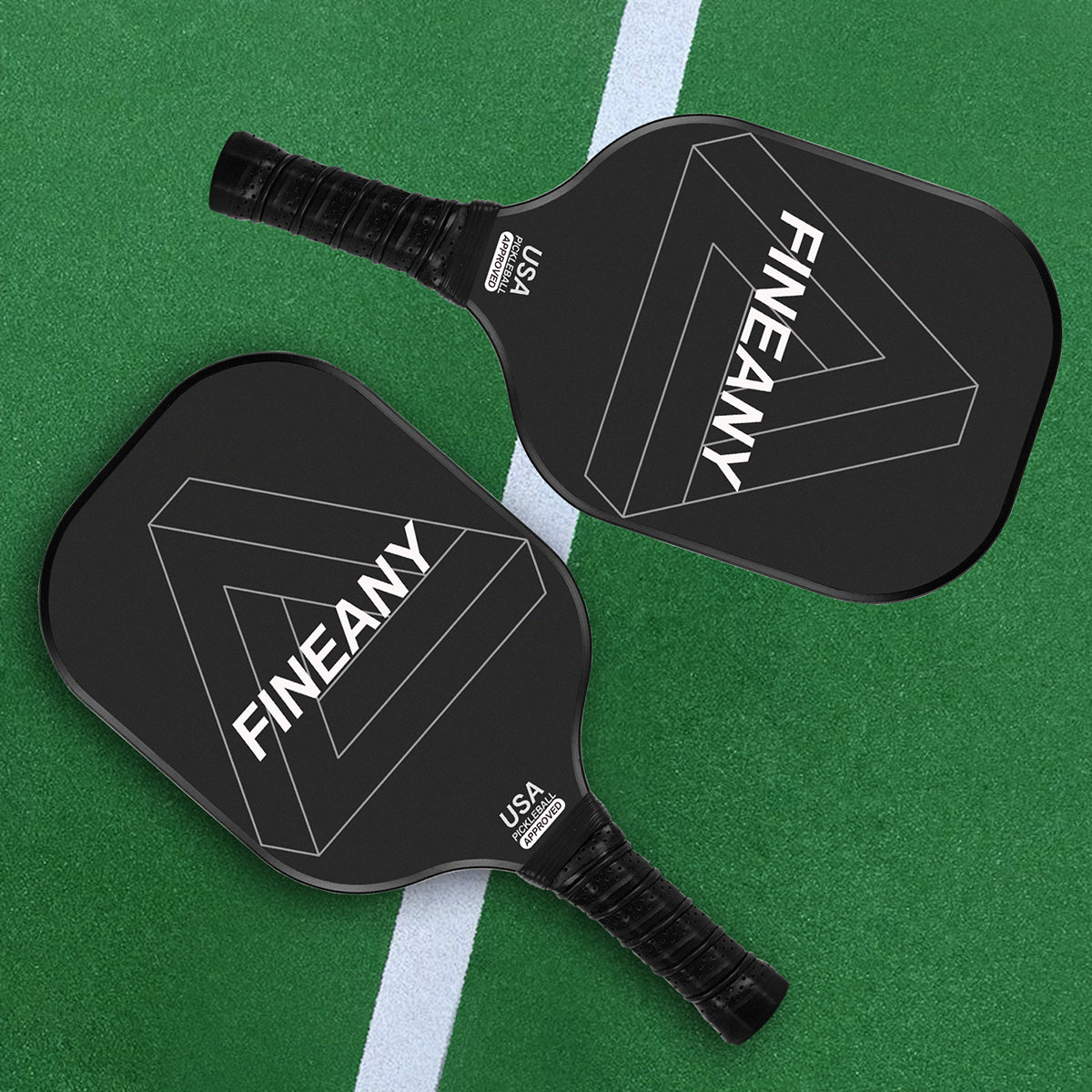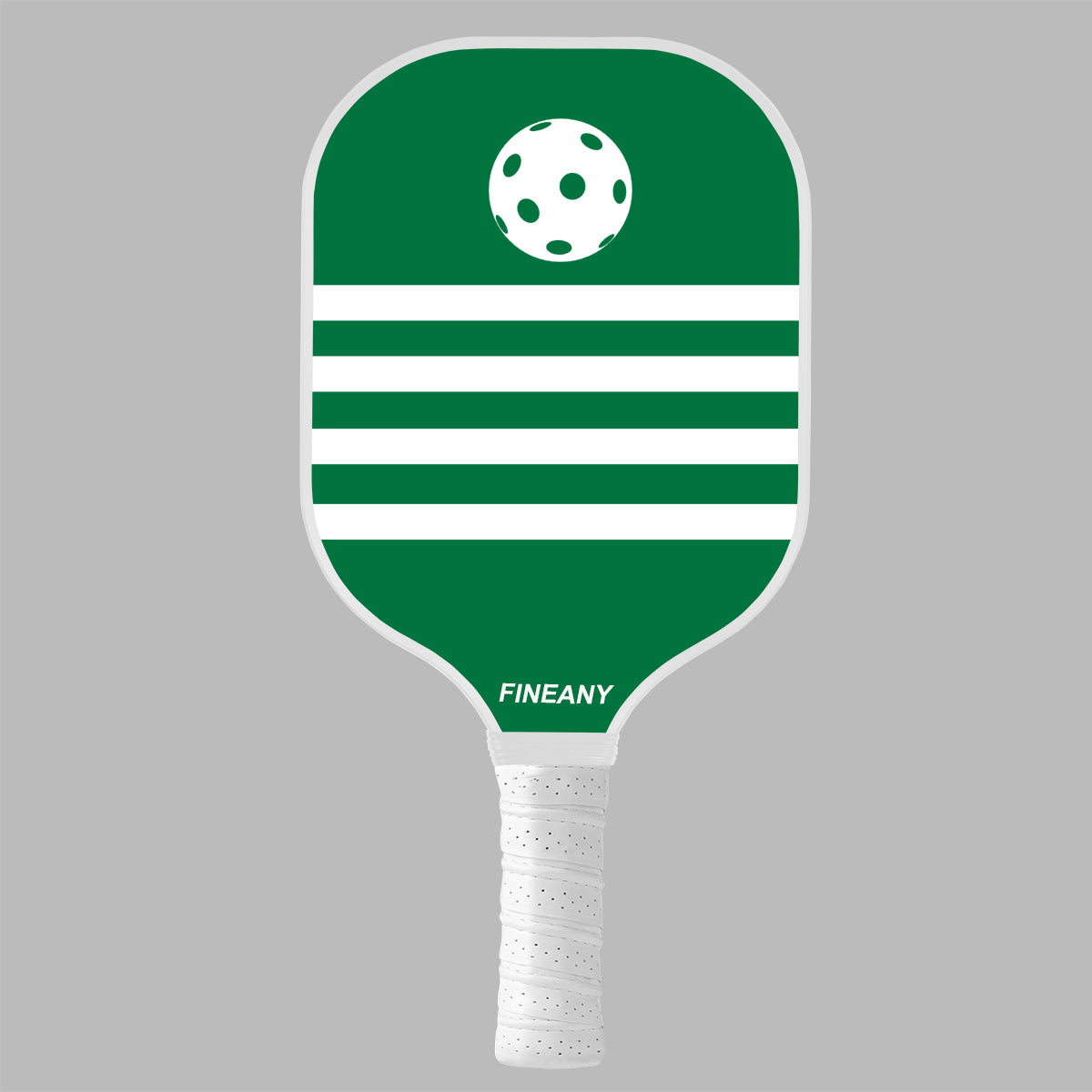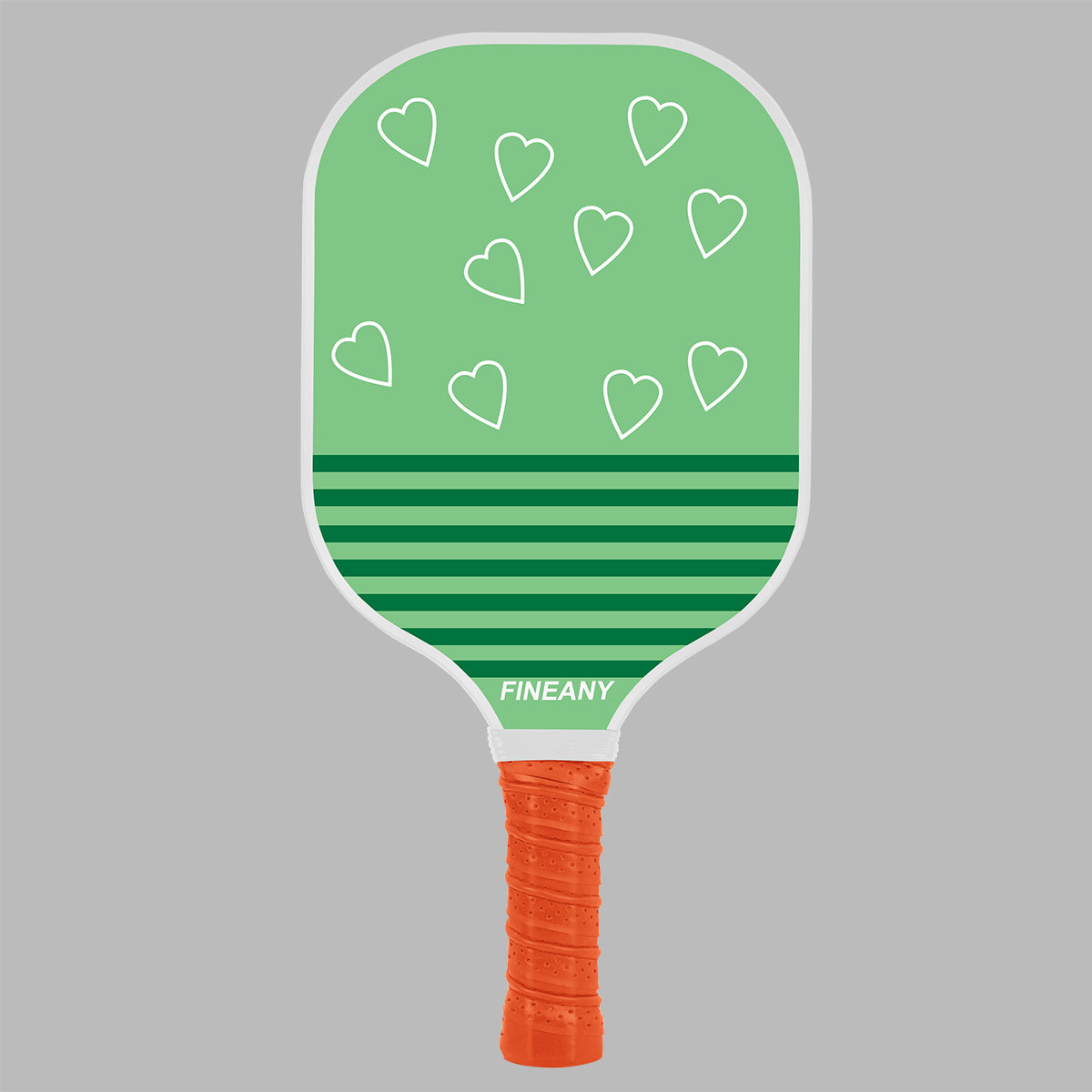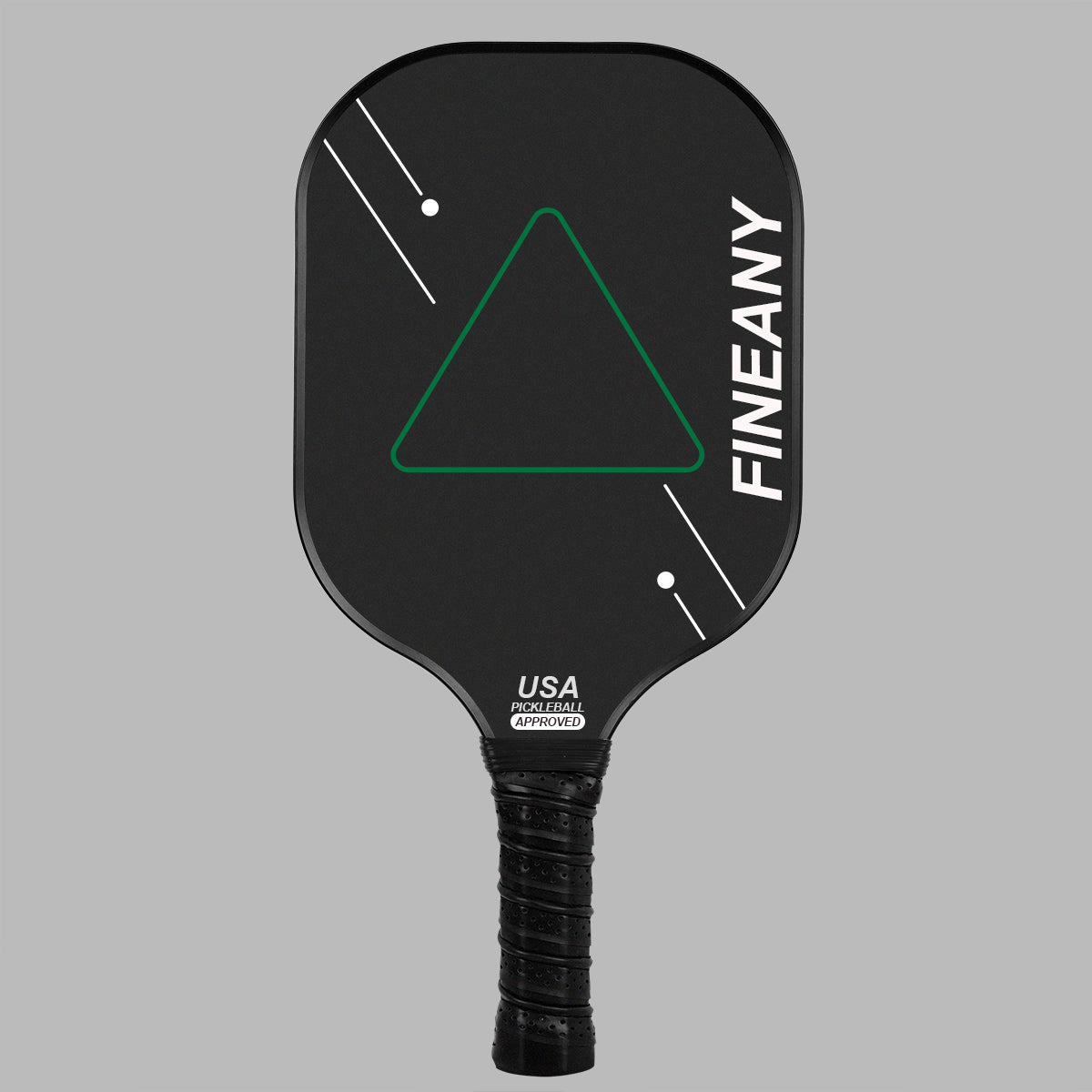Pickleball is a fast, fun sport that has grown in popularity in recent years on sports fields around the world. Whether you're just starting to try it out or you've already had a few games under your belt, there are some common challenges that beginners often encounter during a game. When they first start playing pétanque, many people tend to make a few mistakes due to their inexperience or lack of understanding of the rules and techniques. Not only can these mistakes affect your game performance, but they can also leave you feeling frustrated or confused.
In this article, we will delve into 7 common mistakes that beginners make when playing pétanque and provide some practical solutions and advice. Hopefully, by sharing these, you'll be able to better understand common problems in the game, which will improve your skills and confidence. Whether you're playing for exercise or for the enjoyment of the game, understanding these common mistakes and learning how to avoid them will help you achieve better results and enjoy a higher-quality gaming experience on the pique ball field. Let's step into the world of Pickleball and solve these common problems to improve your game!
Incorrect Grip
Are you making these same grip mistakes?
The way you grip the racket is crucial when playing pique ball. Many beginners make mistakes when gripping the racket, leading to inaccurate shots, wrist fatigue, and even injuries. Let's dive into common grip mistakes and how to correct them.
Gripping the racket too tightly
Gripping the racket too hard is one of the common mistakes. Holding the racket tightly causes tension in the wrist and forearm, which affects the flexibility and accuracy of your stroke. Try loosening your grip and keeping it relaxed and natural, which will not only improve the accuracy of your shots but also reduce fatigue. You can try to consciously adjust your grip strength during practice to find the most comfortable grip. Remember that hitting the ball is not about brute force, but skill and rhythm. Relax your grip and use your body's strength and rhythm to hit the ball so that you can better control the direction and speed of your shots.
Wrong Grip Position
Another common mistake is to grip the racket in the wrong position. The correct grip position should be on the lower part of the palm, near the base of the fingers. This increases wrist flexibility and control of the stroke. Make sure you check your grip before you hit the ball to avoid unnecessary mistakes. Remember, a good grip not only improves your hitting but also protects your wrist and arm from injury. You can try to do some simple grip exercises at home and find the best grip for you by repeatedly adjusting your grip position.
In addition, the choice of grip should also be adjusted according to different hitting styles. For example, you may need a tighter grip for more power when you are hitting a snap shot, or a slightly looser grip for more control when you are hitting a sling shot. By practicing and adjusting, you will realize that the grip has a direct impact on the effectiveness of your shots.
Lgnoring the importance of racket material
Have you chosen the right racket material?
Many beginners don't realize how much the material of Pickleball paddles affects performance. Choosing the right paddle material for you can greatly enhance your playing experience. Let's take a closer look at the characteristics of different paddle materials and their impact on your game.
Common Materials
The common materials used for pique bat leaves are wood, composite and carbon fiber. Wooden rackets are heavier in weight but cheaper and suitable for beginners. Composite racquets are medium weight and stable, making them a common choice for intermediate players. Carbon fiber racquets, on the other hand, are lightweight and offer superior performance, but are more expensive and suitable for advanced players. Each material has its own unique advantages, and understanding them can help you make a more informed choice.
Wooden racquets usually have a good sense of control and feel and are suitable for players who are just starting out with pique. Rackets made of this material are more affordable, making them a good choice for beginners. Composite racquets, on the other hand, combine the advantages of wood and other materials with better durability and performance, making them suitable for intermediate players who have mastered basic skills. Carbon fiber racquets, on the other hand, are known for their light weight and high strength, providing faster hitting speeds and greater control, making them a popular choice for advanced players and professionals.
How to choose
When choosing a racquet, the decision should be based on your level and needs. If you are a beginner, you can choose a less expensive wood or composite racket. Intermediate players can opt for composite racquets while advanced players can consider carbon fiber racquets. Try out racquets made of different materials to find the one that suits you best. Don't forget that you can go to a store and try out different material racquets to feel the difference before you buy, so you can find the one that suits you best.
In addition, the weight and balance point of the racket is also an important factor in the choice. In general, a heavier racket will provide more hitting power but may compromise flexibility; a lighter racket is easier to maneuver but may have less hitting power. The location of the balance point also affects how the racket feels to handle and how well it hits the ball. By trying out racquets of different weights and balance points, you can find the one that best suits your style and needs.
Incorrect Stance
Is your stance affecting your game performance?
Stance is one of the key factors affecting stroke performance. Many beginners make mistakes in their stance, resulting in slow movement and inaccurate strokes. The correct stance should be with your feet shoulder-width apart, your body slightly leaning forward, and your weight on the forefoot of your foot. This will ensure that you are flexible and react quickly as you move around the court.
A common mistake beginners make is standing too straight or shifting your weight too far back, which can affect your movement speed and the power of your stroke. Maintaining a proper stance during a game will allow you to better respond to various strokes and improve your overall performance. When practicing, try adjusting your stance before and after each stroke to find the best position for you.
Correct stance not only improves hitting, but also reduces the risk of injury. By keeping your body balanced and flexible, you can better cope with a variety of strokes and runs. Try to prepare your stance before each stroke, as this will give you more confidence and ease during the game.
Hitting the ball too hard
Do you miss because you hit the ball too hard?
Many beginners think that hitting the ball too hard will make it go farther and faster, but the truth is that too much power will often cause the ball to go out of bounds or miss. When hitting the ball, you should control your power and keep your movements consistent and smooth.
Hitting the ball with too much force also increases the stress on the wrist and arm, which can lead to injury. Try to relax your wrist and use your whole body to hit the ball, rather than relying on your arm alone. This will improve the accuracy of your stroke and reduce errors. When practicing, try hitting the ball with different forces to find the most suitable power control for you.
Additionally, hitting the ball with too much force may also affect your batting rhythm and movement coordination. By maintaining proper power and tempo, you can better control the rhythm of the game and improve the consistency of your strokes. Remember, the power of your stroke depends not only on the strength of your arms, but also on the coordination of your whole body.
Neglecting Physical Training
Is your physical fitness restricting your performance?
Pitching is not only a competition of skills, physical fitness is also an important part. Neglecting physical training can lead to a lack of stamina and affect your performance. Let's look at how physical training can improve your game.
Physical training should include aerobic exercise, strength training and flexibility training. Aerobic exercise improves endurance, strength training builds muscle strength, and flexibility training improves flexibility and coordination. With comprehensive physical training, you can maintain a high level of performance and reduce fatigue during competition.
You can try combining different exercise programs such as running, swimming, and yoga to improve your overall fitness. With regular physical training, you can improve your body's endurance and strength, and reduce fatigue and the risk of injury during competitions. Remember, good physical fitness is an important guarantee to maintain a high level of competition performance.
In addition, a proper diet and adequate rest are also important factors in maintaining physical fitness. By eating scientifically and resting adequately, you can better regain your strength and be ready for the next game. Remember, physical training is not only the key to improving your game performance, but also an important safeguard to maintain your health.
Lack of Race Strategy
Have you neglected to develop an effective strategy?
Match strategy is equally important in pétanque. Many beginners focus on hitting skills and neglect to develop and utilize a game strategy. Let's take a deeper look at some common game strategies.
Offense Strategy
Attacking strategy involves choosing the right way and position to hit the ball, and taking advantage of your opponent's weaknesses to score points. For example, when the opponent is standing back, you can choose the short ball to attack; when the opponent is standing forward, you can choose the long ball to suppress. Through a reasonable attack strategy, you can effectively control the rhythm of the game and gain an advantage. In your regular training, you can try different attacking styles to find the most suitable strategy for you.
Offense strategy includes not only the choice of hitting style and position, but also the control of the rhythm of the game. With a proper offense strategy, you can effectively suppress your opponent and increase your chances of scoring. Remember, offense requires not only power, but also intelligence and strategy.
Defense Strategy
Defensive strategies include staying calm, waiting patiently for the opponent to make a mistake, and utilizing the space on the court wisely. When playing defense, you should be flexible and ready to respond to the opponent's attack. Through a solid defense strategy, you can reduce the number of mistakes and increase the pressure on the opponent. A cool head and a solid defense are equally important in a match, and they can help you bounce back at critical moments.
Defensive strategies include not only responding to the opponent's offense, but also the proper use of space on the field. By standing flexibly and reacting quickly, you can effectively deal with all kinds of attacks from your opponent and improve the stability and effectiveness of your defense. Remember, a solid defense is an important guarantee of victory.
Lgnore the psychological factor
Does your mental state affect the outcome of the game?
Psychological factors play a vital role in the game. Many beginners tend to be nervous and anxious during matches, which affects their play. Let's see how we can improve our game performance through mental training.
Maintaining a positive mindset and good emotional management is the key to success. Before the match, you can relax through deep breathing and meditation; during the match, stay focused and not be disturbed by the opponent's performance. Through mental training, you can improve your self-confidence and stress resistance, and perform at your best during the game.
In addition, mental training includes the management of match stress and anxiety. Through proper mental training, you can better cope with all kinds of pressure and challenges in the game and improve your mental quality and game performance. Remember, good mental condition is an important factor for success.
Finally, I would like to say that beginners will inevitably make some mistakes when playing pique ball, and these mistakes may affect your game performance or even make you feel frustrated. But don't worry, by understanding these common mistakes and correcting them, you can greatly improve your skills and confidence. Remember, every mistake is an opportunity to learn, and with constant practice and lessons learned, you are sure to be able to perform at your best on the pique ball court. May you reap endless joy and fulfillment in the world of Pickleball! Keep practicing and enjoy every moment of the game, and you will find yourself gradually becoming more confident and stronger. The journey of happy pique ball is unfolding in front of you, go and enjoy it!
Frequently Asked Questions
Q: Why does my grip affect my shots?
A: Your grip determines how accurately and comfortably you hit the ball. An overly tight grip can cause wrist fatigue and affect flexibility. Beginners are advised to maintain a relaxed grip and find a natural and comfortable feeling to improve stroke accuracy and reduce fatigue.
Q: What factors should I consider when choosing a racket material?
A: Racket material affects stroke performance. Wooden rackets are suitable for beginners and are cheap and durable; composite rackets are more stable and suitable for players with some basic knowledge; carbon fiber rackets are lightweight and have excellent performance, suitable for advanced players. The choice should be based on individual skills and budget.
Q: How can I adjust my stance to improve my shots?
A: Correct stance can improve the stability and movement speed of the ball. Standing with feet shoulder-width apart and with the center of gravity on the forefoot of the foot will help you move flexibly and hit the ball accurately. Avoid standing too straight or shifting the center of gravity back to maintain balance and improve performance.
Q: Why is it a problem to hit the ball too hard?
A: Excessive force can lead to missed shots and increased stress on the wrist and arm. You should relax your wrist and use your whole body to hit the ball rather than relying on your arm alone. This will improve accuracy and consistency.
Q: How important is physical training for beginners?
A: Physical training is vital to improving your game performance. Through aerobic exercise, strength training and flexibility training, you can improve your endurance and flexibility, and reduce fatigue and the risk of injury. Eating well and getting enough rest are also critical.
























Leave a comment
All comments are moderated before being published.
This site is protected by hCaptcha and the hCaptcha Privacy Policy and Terms of Service apply.